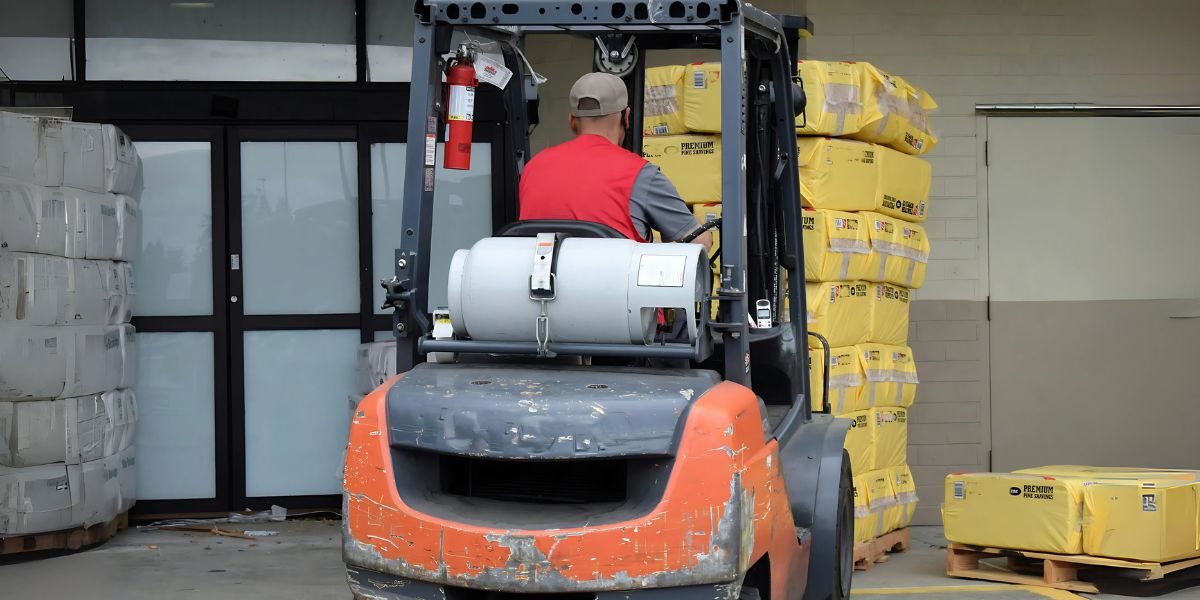In many industries, particularly warehousing, construction, manufacturing, and logistics, operating a forklift is often a critical skill. However, it’s not just about hopping onto the machine and driving away. Due to the safety risks associated with forklifts, a licence is required in Australia to help ensure operators are competent and trained according to national standards. Enrolling in a Forklift Licence Course is an essential step towards gaining both legal credentials and practical confidence.
Who Needs a Forklift License?
If your job involves moving, lifting, stacking, or unloading heavy materials using a forklift, you’ll probably need a High Risk Work Licence (HRWL) issued by WorkSafe. This licence is often essential, whether you’re a new worker entering the workforce or an experienced employee looking to upskill and enhance employability. Even if forklift use is just a small part of your role, obtaining the licence can provide more job opportunities and contribute to workplace safety.
What You’ll Learn in a Forklift License Course
A forklift licence course is designed to provide a combination of theoretical knowledge and hands-on experience. The content typically covers:
- Forklift types and functions: You’ll explore the different classes of forklifts, including counterbalance, high-reach, and pallet jacks.
- Workplace safety regulations: Become familiar with relevant Australian safety laws and guidelines.
- Pre-operational checks: Understand the importance of daily inspections and how to conduct them correctly.
- Operating procedures: Develop skills in safe driving practices, loading and unloading techniques, and navigating confined spaces.
- Hazard identification: Learn to recognise and respond to risks in the work environment.
- Communication skills: Discover the importance of teamwork and clear communication while operating machinery.
This well-rounded training helps ensure you’re not only skilled behind the controls but also aware of your responsibilities on the job.
Course Format and Duration
Forklift licence courses in Australia typically span two to three days, depending on the provider. The structure often includes:
- Day 1: Classroom-based learning and theoretical content
- Day 2: Practical training on real forklifts
- Day 3: Assessment, which includes a written test and a practical demonstration
Some training organisations might offer pre-course reading materials or online theory components to help reduce classroom time. Evening and weekend classes could also be an option for those with full-time work commitments.
Eligibility and Requirements
To enrol in a forklift licence course in Australia, you must meet the following criteria:
- Be at least 18 years old.
- Have basic English literacy and numeracy skills.
- Provide valid identification, such as a driver’s licence or passport.
- Possess a Unique Student Identifier (USI), which is mandatory for accredited training.
While previous experience is not usually required, students must be physically capable of performing the tasks involved in operating a forklift.
The Assessment Process
The final assessment of a forklift licence course consists of two parts:
- Knowledge test: A written or online quiz that evaluates your understanding of forklift operations, safety rules, and legal obligations.
- Practical assessment: You’ll demonstrate your ability to operate the forklift safely, conduct pre-start checks, and carry out tasks such as lifting and maneuvering loads.
To pass the course and obtain your Notice of Satisfactory Assessment (NOSA), you need to successfully complete both components. This NOSA is submitted to WorkSafe, which then issues your HRWL for forklift operation.
Benefits of Getting Licensed
There are several advantages to earning your forklift licence:
- Improved job prospects: Many employers prefer or require this certification, and it can lead to better pay and job security.
- Workplace safety: Licensed operators are trained to recognise hazards and help reduce accidents, protecting both themselves and their co-workers.
- Compliance: Having the correct licence assists employers in meeting legal obligations and avoiding penalties.
- Versatility: A forklift licence can be useful across various industries, making it a valuable addition to any resume.
Forklift Safety and Responsibility
Operating a forklift comes with significant responsibilities. Even minor errors could result in injuries or costly damage. That’s why licensed operators are expected to:
- Maintain focus and awareness at all times.
- Follow all workplace procedures and safety guidelines.
- Regularly inspect their equipment.
- Report hazards or malfunctions immediately.
These habits are not only essential for passing your assessment but are also critical for long-term success in any forklift-related role.
Summary
A forklift licence course is more than a legal requirement—it’s a pathway to potentially safer workplaces and expanded career opportunities. Whether you’re entering the workforce for the first time or looking to upgrade your skills, investing in proper forklift training can be a smart move. With hands-on learning, expert instruction, and national certification, the course prepares you to handle one of the important tools in modern industry safely and confidently.
Published by Joseph T.

















